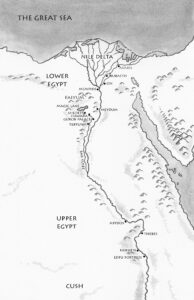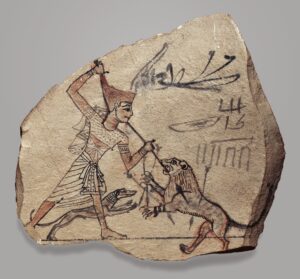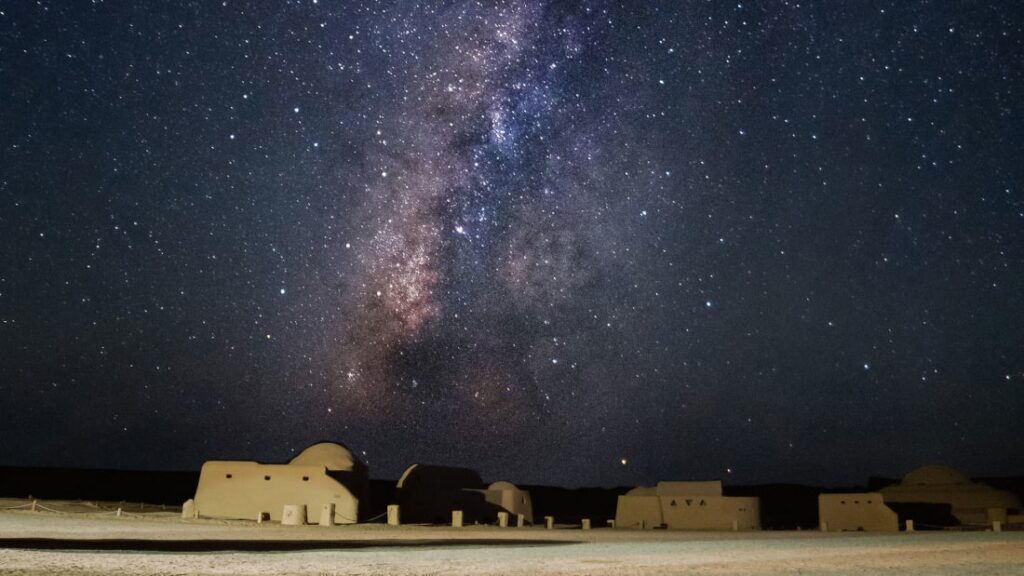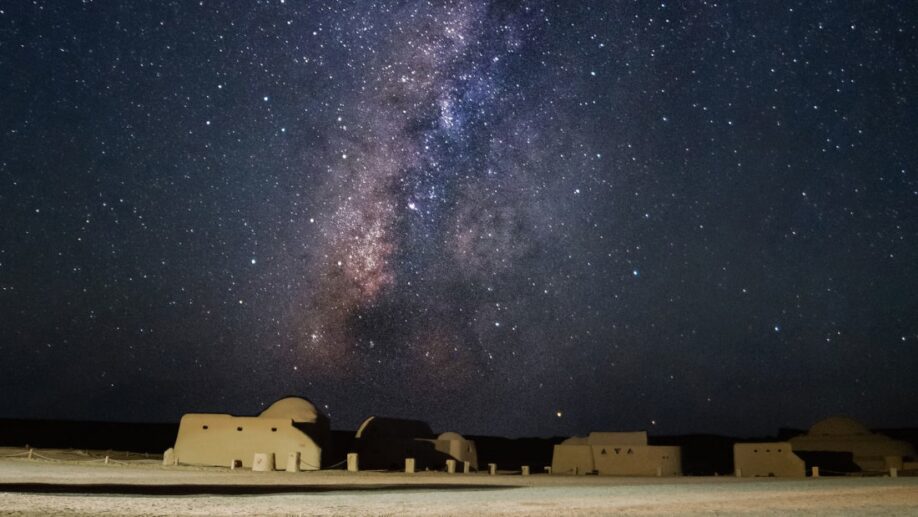 Though I’ve never actually SEEN Joseph, son of Jacob, after hearing his description from the Bible’s Book of Genesis, I would have gladly dated him.
Though I’ve never actually SEEN Joseph, son of Jacob, after hearing his description from the Bible’s Book of Genesis, I would have gladly dated him.
In the Faiyum.
In the desert.
In the rain forest. (I sound like a Dr. Seuss book.)
Okay wait! When I titled this post Dating Joseph In the Faiyum, I really meant dating–as in placing him on a historical timeline–by using clues from Egypt’s Faiyum.
…But could we just take a moment and think about the other option? Consider how handsome Joseph must have been for the Bible to describe him this way:

Attribution: Elen Nivrae, CC BY 2.0 <https://creativecommons.org/licenses/by/2.0>, via Wikimedia Commons
“Now Joseph was well-built and handsome, and after a while his master’s wife took notice of Joseph and said, ‘Come to bed with me!’ But he refused.” Genesis 39:6–8
Maybe Joseph was as good looking as People Magazine’s 2022 “Sexiest Man” winner, Chris Evans, A.K.A. Captain America.
Why would I even compare them?
Because I’m trying to figure out what was so extraordinary about Joseph that the ancient Egyptians named a river in the Faiyum after him! Was it his looks, his charm, his intelligence, or perhaps that he was soaked in God’s favor?
Egypt Is Special Too
 As I began researching ancient Egypt years ago to write The Pharaoh’s Daughter and Miriam, I discovered such fascinating things about the land. Of course, the Nile River alone could fill a year’s worth of blog posts, but I’ll share the one thing my very UNscientific brain found interesting. The Nile flows south to north! This may be a “duh” detail to those who know all rivers in the southern hemisphere flow south to north, but for an American country girl who has only seen rivers flow north to south–this was amazing!
As I began researching ancient Egypt years ago to write The Pharaoh’s Daughter and Miriam, I discovered such fascinating things about the land. Of course, the Nile River alone could fill a year’s worth of blog posts, but I’ll share the one thing my very UNscientific brain found interesting. The Nile flows south to north! This may be a “duh” detail to those who know all rivers in the southern hemisphere flow south to north, but for an American country girl who has only seen rivers flow north to south–this was amazing!
I also found it odd that “Lower” Egypt was the northern portion of Egypt while “Upper” Egypt was the southern portion. However, after living in the mountains for the past fifteen years, I finally understand. “Upper” Egypt is higher elevation, irregardless of its southern position. Farther south is Cush (now called Sudan). Each year, snow melt from Cush’s mountains flowed north–down river–toward “Lower” Egypt, causing the Nile to rise and then decline over the coming months. The silt left behind nourished the Black Land, making some of the most fertile soil in the world.
What’s Special About The Faiyum?

Attribution: Metropolitan Museum of Art, CC0, via Wikimedia Commons
While researching The Pharaoh’s Daughter, I discovered that the Faiyum was where Egypt’s pharaohs and wealthy noblemen went for what we today would call “vacation.” Their favorite recreation was big game hunting–lions, leopards, and hippopotami! Many believe it was on one such hunting excursion that King Tut broke his leg and later died from blood poisoning associated with the injury at a very young age, perhaps around eighteen.
What Is the Faiyum & Why Was It Special?
CNN Travel describes this wonderland as The Fayoum Oasis: Egypt’s Best Kept Secret, boasting a magical lake, cascading waterfalls, and a valley of ancient whales. Sorta hard to beat that description with historical facts, but let’s try!
Before the 12th Dynasty, the Faiyum (also spelled Fayoum, Fayum, or Fayyum) was merely marshland. Then along came Pharaoh Amenemhat III… (be sure to watch the 17-second video!)
“During ancient times, it was refered to as the Mer-Wer (the Great Canal). The project was constructed during the time of the Pharoh Amenemhat III, who was also referred to as Moeris (similar to Mer-Wer). The Arabic name refers to the prophet Yusuf, the Quranic counterpart of the Biblical Joseph.” (From Israel356NEWS.com; CLICK HERE for full article)
YES! Bahr Yusef–River of Joseph–is the name of the canal that Pharaoh Amenemhat built in the Faiyum! Doesn’t that mean anyone wishing to date Joseph had to live during Egypt’s 12th Dynasty? Well, not exactly…
Joseph and the Hyksos
If you’ve followed my blog for very long, you may remember a few posts last year about the reasons I placed Joseph in Egypt during the Hyksos Dynasty–the 15th Dynasty. You’ll find the most complete discussion in the post, Which Pharaoh Did Joseph Serve.
Here’s a nutshell of my reasons:
- The Hyksos were Canaanite kings who might have been more apt to appoint a Hebrew vizier.
- The Hyksos kept poor historical records during their brief dynasty, which might account for the absence of Zaphenath-Paneah (Joseph’s Egyptian name) in official records.
- There was evidence of a widespread famine during the Hyksos dynasty.
- It seemed logical and plausible that the Faiyum canal could have been constructed in the 12th Dynasty and refurbished (and renamed) under Joseph’s leadership in the 15th. (This is the joy of writing fiction within historical context.)
Faiyum Facts & In Feast Or Famine Fiction
I had so much fun discovering new things about the Faiyum while researching In Feast or Famine. Joseph and Asenath take a tour of this ancient wonderland and find both danger and ecstasy in its grasp. While in the ancient city of Hawara, they discover the strange Labyrinth tomb of Amenemhat III (see 32-second video).
Joseph and Asenath also visit the strange city of Shedet where the priests worship the great crocodile god, Sobek, in its temple (see 33-second video).
Leaping lizards! Huh? Can you imagine feeding honeyed milk to a mammoth crocodile? And which priest got the job of replacing those gemstones on its back?
Asenath Dated Joseph In the Faiyum
Want to know the best part about writing those chapters on Joseph and Asenath’s journey through the Faiyum? During those chapters, the Hebrew vizier and priest’s daughter began to share their hearts. I won’t give spoilers here, but In Feast or Famine is much more hopeful than the sad story of Joseph’s slavery and imprisonment in Potiphar’s Wife.
However, both parts of Joseph’s story are essential to give the full picture of God’s faithfulness to him. Were it not for all Joseph learned while serving in Potiphar’s household and his years in prison, he wouldn’t have been the humbled vizier that saved the ancient world from famine–and forgave his brothers’ betrayal.
Asenath’s Faiyum Awakening

Wati El Hitan, known as the Valley of Whales, is home to the unique Fossils and Climate Change Museum. Shutterstock (https://www.cnn.com/travel/article/fayoum-oasis-egypts-best-kept-secret/index.html)
This picture of a Faiyum night sky captured my imagination when I wrote a particular conversation between Joseph and Asenath. I learned from an ancient historical novel that Asenath is thought to be the first Jewish “convert.” The first one to reap Abraham’s promise of “blessing the nations.” What if Joseph told her of God’s promise to his great-great grandfather while looking up at a sky like this one?
[God said to Abraham,] “I will surely bless you and make your descendants as numerous as the stars in the sky . . . and through your offspring all nations on earth will be blessed.” Genesis 22:17–18
How could Asenath have ever guessed what God would do with her story? I’m so grateful that God never wastes a single experience–good or bad–and teaches us through them all.
Today’s Question:
- What hard experience are you grateful for because God used it for your good?
Tweet-Ables:
- The Faiyum is more than a magical lake, cascading waterfalls, and a valley of ancient whales. It is where Joseph and Asenath share their hearts in @MesuAndrews May 2023 release #InFeastOrFamine!
- Discover what is so special about the Faiyum and why it remains the lasting proof of Joseph in Egypt.
Bonus Material:
Ever wondered which books I’ve found as the best historical link with Moses? I recently wrote a post on a fantastic new bookish website: Shepherd.com! CLICK HERE to check out the post, and then take a few minutes to browse this fun new site. Shepherd has Book pages, Author-Recommendation pages (like the one I mentioned), and Topic pages. CLICK HERE to see their page about ancient Egypt! (This site is similar to Goodreads and contains both general market and Christian material.)





Comments 6
Sadie Sink from Stranger Things in my view is the perfect actress for biblical movies, for me Sadie is perfect for Ruth from the book of Ruth as biblical character o for young Anna mother of Samuel.
Author
I love how you choose current actresses for biblical fiction roles, Luca! That’s so fun!
Dear Mesu a perferct evil character female character for a your biblical novel is queen Shammuramat better know as Semiramis in greek roman and medieval liberatore.
https://en.wikipedia.org/wiki/Shammuramat
Author
👍
Pingback: What I Learned About Worship in Egypt’s Faiyum - Mesu Andrews